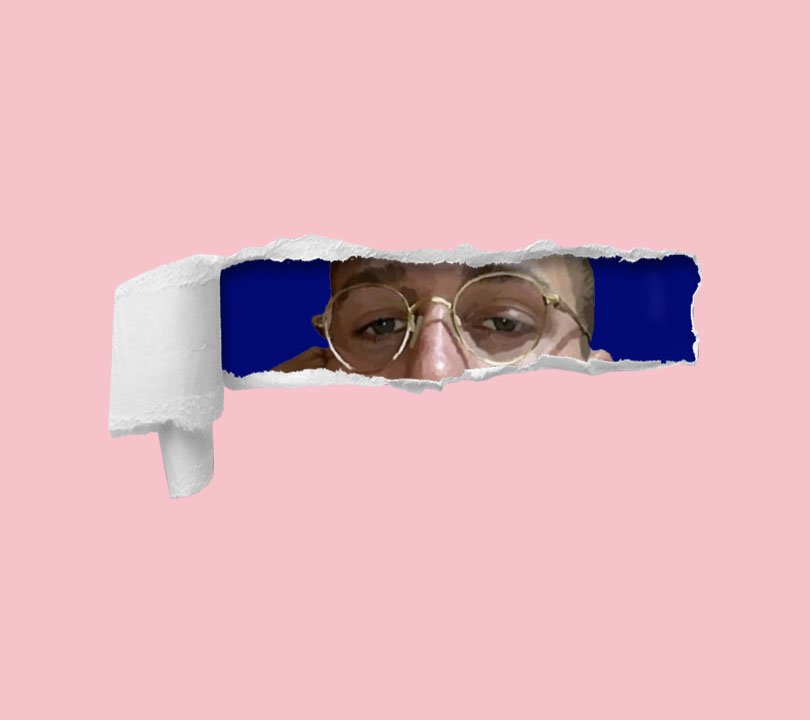A Beginner's Guide to Neocaridina Shrimp and Freshwater Aquarium Care
Are you ready to dive into the fascinating world of freshwater aquariums and become a proud shrimp keeper? Neocaridina shrimp, often referred to as cherry shrimp (but there are plenty of colorful non-red Neocaridina), are colorful and fascinating creatures that can bring life and vibrancy to any tank. But where do you start? Don't worry, we've got you covered with this crash course on getting your tank set up and your shrimp thriving. (Note: this blog contains affiliate links to Amazon.)
Getting Started:
Tank Selection: The first step in setting up your shrimp tank is selecting the right aquarium. Neocaridina shrimp are relatively small and can thrive in tanks as small as 5 gallons. Opt for a tank with a sturdy base and consider going for a longer tank rather than a taller one, as shrimp prefer more horizontal space to explore. Here’s a tank we love.
Filtration: Proper filtration is essential for maintaining water quality in your shrimp tank. A sponge filter is an excellent choice for shrimp tanks as it provides gentle filtration without sucking up baby shrimp. Additionally, shrimp love to graze on the biofilm that forms on sponge filters, making them both functional and beneficial.
Substrate: Neocaridina shrimp love to forage and explore, so a substrate that allows them to do so is crucial. Choose a fine-grained substrate like sand or gravel that won't harm their delicate antennae and allows them to sift through it in search of food. You could also consider mixing substrates like we do in our tank, and use Controsoil to help support all of your freshwater plant life.
Decorations: Adding hiding spots and places to explore will make your shrimp feel more secure in their environment. Consider adding live plants like java moss or marimo moss balls, which not only provide shelter but also help maintain water quality by absorbing nitrates. Neocaridina also love to hide in cholla, or even the holes in dragon stone.
Water Parameters: Neocaridina shrimp thrive in stable water conditions. Aim for a pH range of 6.5-7.5, a temperature between 72-78°F (22-25°C), and hardness levels around 6-8 dGH. Using a reliable water test kit will help you monitor and maintain these parameters.
Lighting: An essential part of any good aquarium setup is a proper light. Adding a light will allow algae and plants to grow, which is absolutely crucial if you want the ecosystem of your tank to be balanced and thriving. We use this full spectrum tank light which has a pre-programmed day/night cycle.
Essential Supplies:
Now that you have your tank set up, let's talk about the essential supplies you'll need to keep your shrimp happy and healthy. I've curated a handy starter kit with all the products I personally use in my own shrimp tank, which you can find here. (Note: This kit contains affiliate links to Amazon.)
Water Conditioner: A good water conditioner is essential for removing harmful chemicals like chlorine and chloramines from tap water and making it safe for your shrimp. Adding beneficial bacteria to your tank is also crucial to begin your tank’s cycling process. Shrimp also need to have minerals added to the water so they can molt successfully. Using a product like shrimp mineral will allow you to remineralize reverse osmosis water, or increase hardness and buffer in tap water with low hardness, TDS (total dissolved solids) and pH.
Food: Neocaridina shrimp are omnivores and will happily munch on a variety of foods, including algae wafers, blanched vegetables like zucchini or spinach, and specialized shrimp pellets.
Test Kit: Regular water testing is crucial for ensuring optimal water quality in your tank. Invest in a reliable test kit that measures pH, ammonia, nitrite, and nitrate levels. A TDS meter is also recommended.
Heater: While neocaridina shrimp can tolerate a wide range of temperatures, a heater can help maintain a stable temperature in your tank, especially if you live in a colder climate. Keeping your tank temperature as close to 78 Degrees Fahrenheit as possible is optimal for supporting a healthy breeding environment for your shrimp.
Net and Bucket: Having a net and bucket on hand will make it easier to perform water changes and catch any shrimp that may need to be moved.
Tank Cleaning Tools: Every few weeks you’ll find that your tank has built up a lot of algae on the glass walls. The best tool we’ve found to deal with this issue has been a magnetic cleaner. It’s not only easy to use, but will also keep you from damaging the silicon caulking on the edges of your tank. Nobody likes a leaky tank!
Emergency Tools: When the inevitable emergency happens in your tank, you’ll need to take action quickly to ensure that your shrimp and fish don’t get stressed out and die. These tools include siphons, buckets, and containers to hold RO water in case you need to do a quick water change. Another great tool we keep in our arsenal is Blue Green Slime Stain Remover. If your tank becomes overrun with blue green slime, AKA cyanobacteria, you’ll need this stuff to deal with it. Not treating an outbreak will result in a very stinky tank, and the potential for the slime to kill your plant life. If you find yourself dealing with an outbreak, you’ll also need to increase your oxygen level within the tank. An easy way to do this is by adding an air pump attached to air stones. This is absolutely necessary to add to your tank if you are battling blue green slime.
By following these steps and stocking up on essential supplies, you'll be well on your way to becoming a successful shrimp keeper. Remember to observe your shrimp regularly and make adjustments to their environment as needed. With proper care and attention, your neocaridina shrimp will reward you with their vibrant colors and playful antics for years to come.
Happy shrimp keeping!
